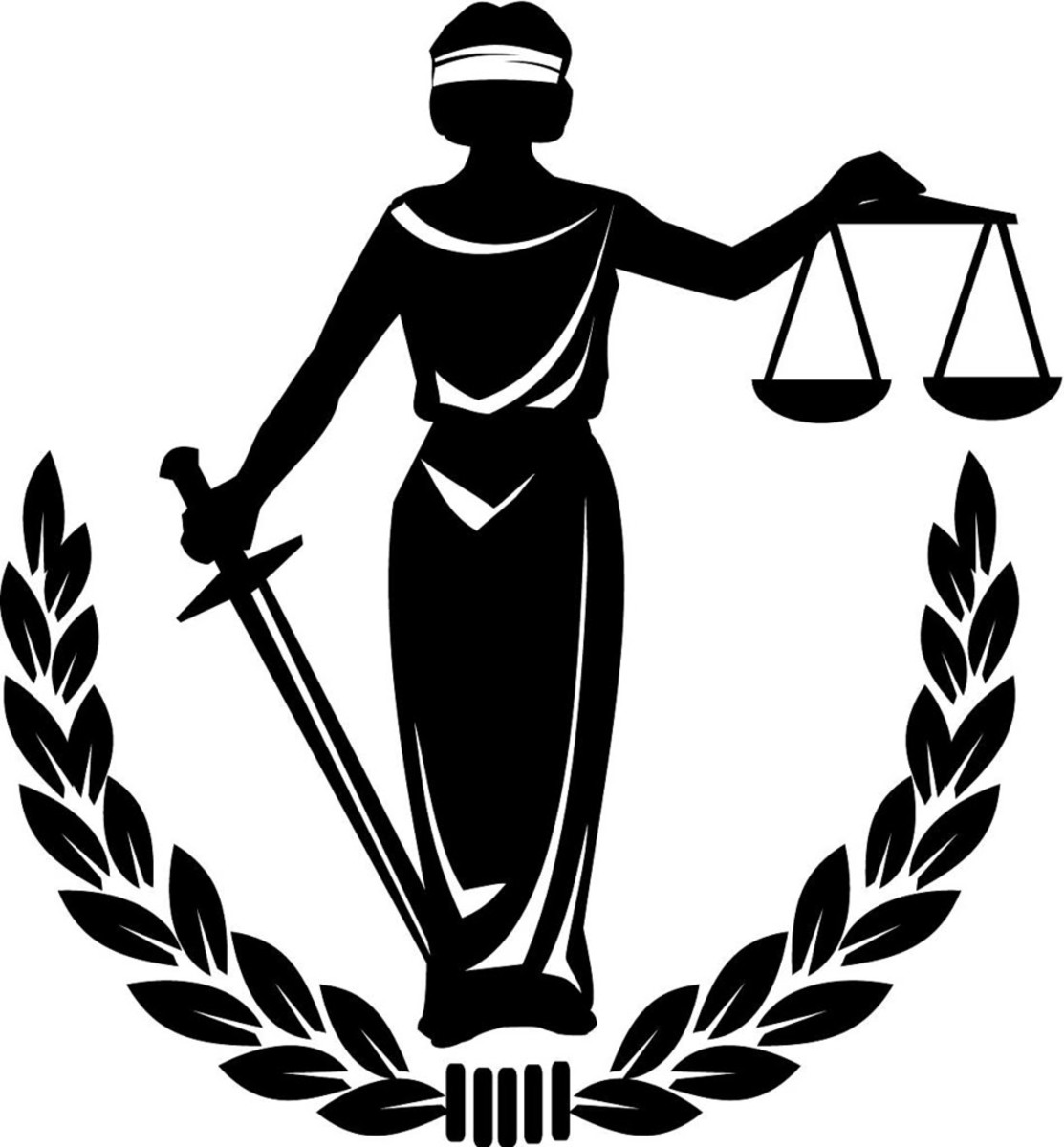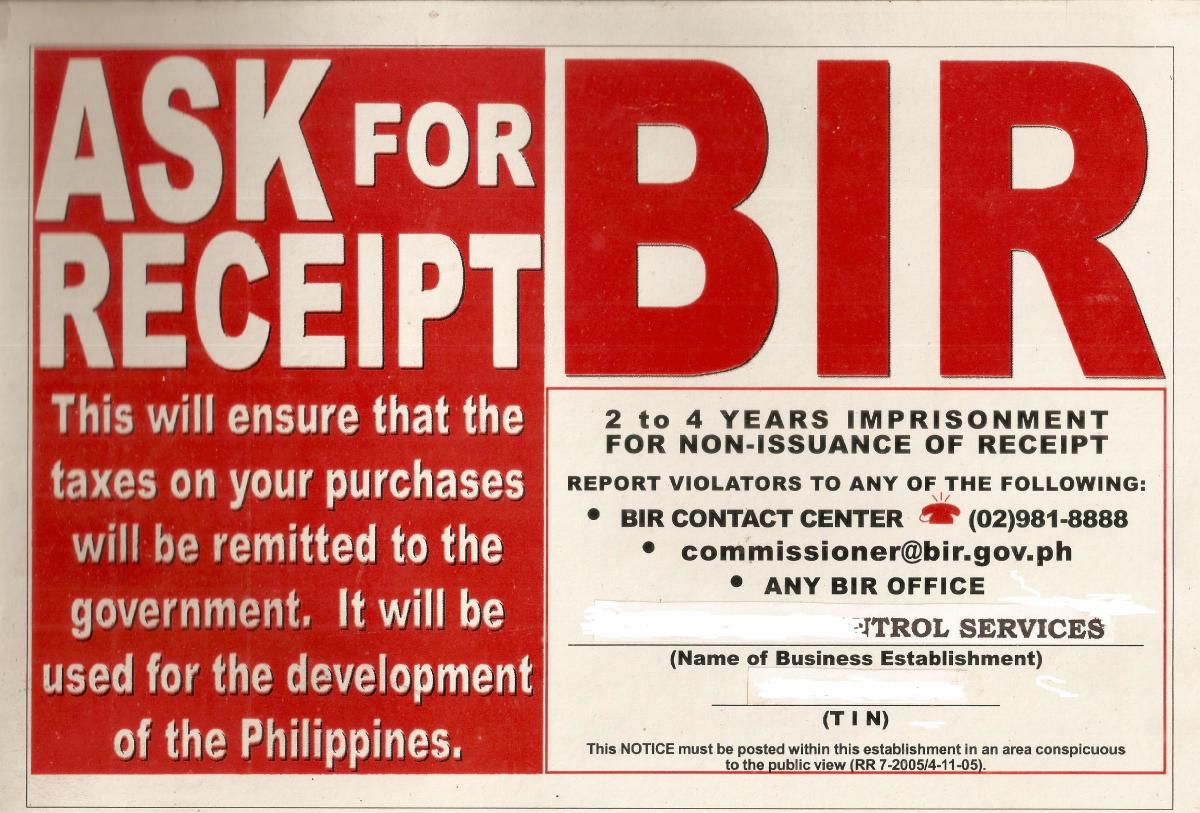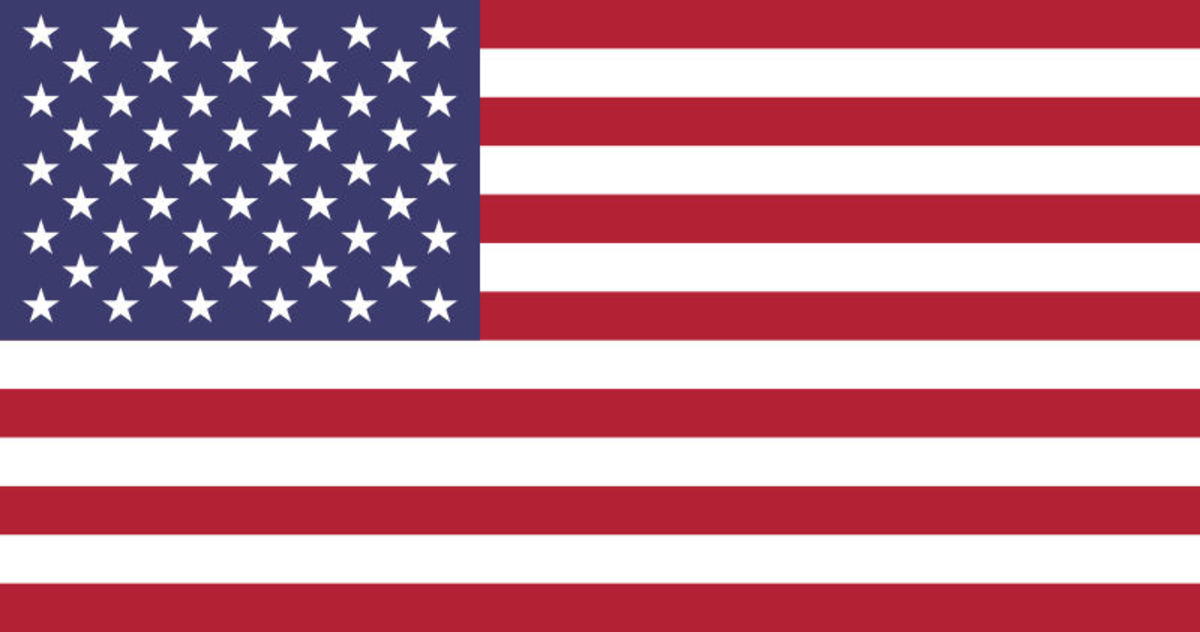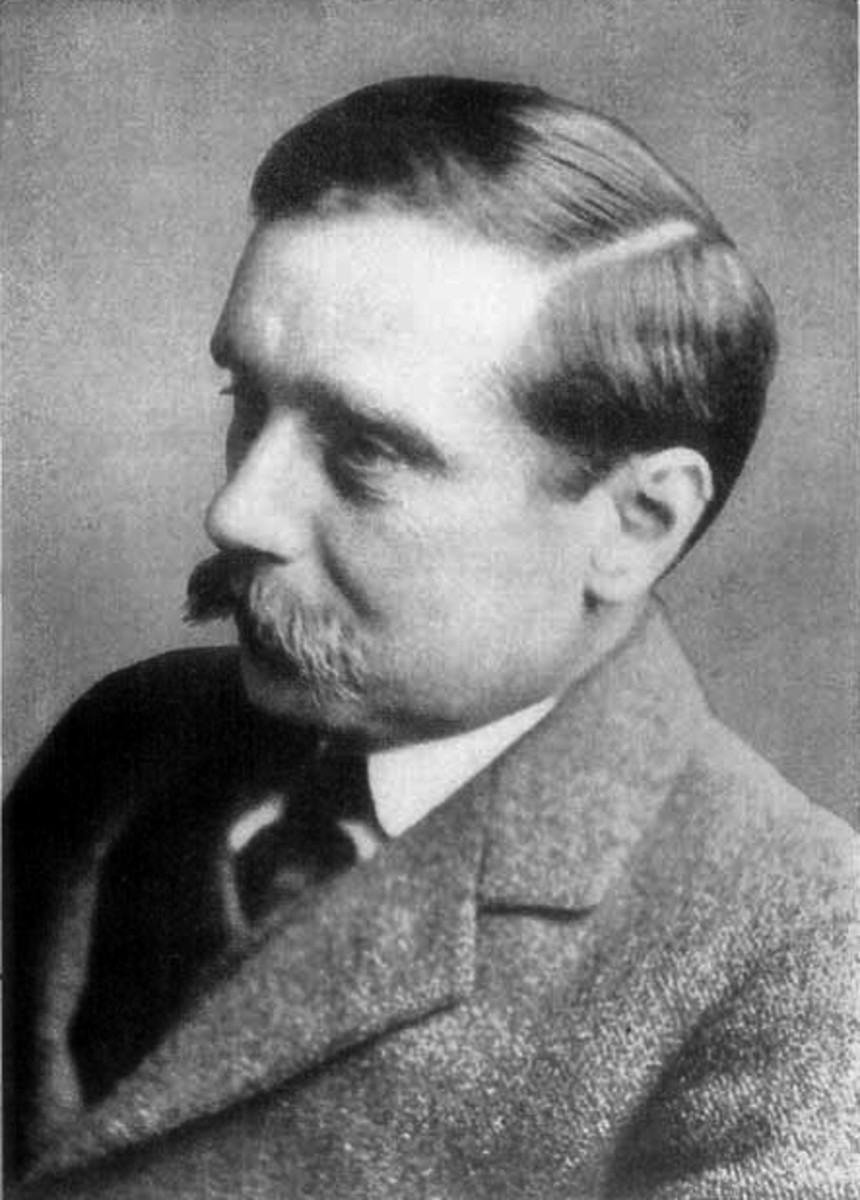The Exclusionary Rule
Sometimes a seemingly small aspect of law can have a major impact on individual rights. Such is the case with the exclusionary rule. This rule bars the use in criminal trials of evidence obtained in an illegal manner. The exclusionary rule defines how evidence must be obtained to be used a court of law and is a necessary component of the criminal justice system if the rights of the citizens of the United States are to be protected.
The exclusionary rule is based on the United States Constitution. The conflict between the Federalists and the anti-Federalists resulted in the Bill of Rights being attached to the outline of the organization of the US government which became the Constitution. The Fourth Amendment of the Bill of Rights provides for the right to be exempt from unreasonable searches and seizures. The Fifth Amendment protects an individual from self-incrimination—forcing one to make oneself appear guilty of a crime. The Fourth and Fifth Amendments provide the basis for the Constitutional right to privacy in relation to the obtaining of evidence in criminal cases.
The judicial underpinnings of the exclusionary rule have a long history. In 1886, in Boyd v. the United States, the authorities obtained a court order telling defendant Boyd to produce private business papers (Persico 22-23). The Supreme Court ruled that because of the Fifth Amendment right against self-incrimination, that order was unconstitutional. It also held that the Fourth and Fifth Amendments forbade searches or subpoena for private business papers that would produce self-incriminating evidence. This case led to the case that outlined the exclusionary rule.
The exclusionary rule was first specifically defined in a court decision in 1914. Since 1914, the exclusionary rule has played an important role in federal court proceedings in the United States. This rule was established in the Supreme Court case, Weeks v. United States, because of the Fourth Amendment’s protection from unreasonable search and seizures. The rule itself was written by Justice William Rufus Day (Witt 139). In the specific case that was reviewed by the Court, Freemont Weeks was arrested and his home was searched, without a warrant. His conviction was unanimously overturned by the Supreme Court because the evidence against him had been obtained in a manner that violated his Fourth Amendment right against unreasonable search and seizure (Witt 139). Justice Day stated that admitting illegally seized evidence in court would make the Fourth Amendment “of no value” (“‘Good Faith’ and the Exclusionary Rule”). He based his opinion on the 1886 case of Boyd v. United States, which only permitted searches with search warrants (“1900-1959: the Fruits of the Poisonous Tree”). The long history of the exclusionary rule supports its necessity in our legal system.
Although Weeks v. United States established this protection at the federal level, no such protections were available at the state court level. Similar protections were not available consistently at the state court level until the 1960s with Mapp v. Ohio. Over half the states had rejected the exclusionary rule, including defendant Dollree Mapp’s home state, Ohio (Persico 30). Mapp had been arrested for possessing obscene materials after police illegally searched her home with no warrant. The Supreme Court ruled that all evidence that was seized in an illegal search was not admissible in a state criminal trial, so Dollree Mapp’s previous conviction for possession of obscene materials was overturned (Persico 90). The majority opinion was written by Justice Tom C. Clark who stated that “tolerance of shortcut methods in law enforcement impairs its enduring effectiveness” (“Mapp v. Ohio”). Before then, the Supreme Court had only applied the exclusionary rule to situations when physical force was used to acquire evidence from a defendant (Persico 70). With this case, the Court ruled that it also applied to the states through the due process law under the Fourteenth Amendment. This was now law and needed to be observed in every court in the United States (Persico 94). The exclusionary rule was found to be necessary by the Supreme Court because it ensures that the right to privacy outlined in the Fourth Amendment is protected.
The exclusionary rule is not without limitations. In United States v. Leon, in 1984, The Supreme Court added a “Good Faith” clause to the exclusionary rule. This clause allows the use of evidence obtained by people operating in good faith, even if the warrant was later found to be “unsupported by probable cause” (Witt 158). This ruling reduces the possibility of known criminals escaping conviction because of legal technicalities, while still observing fair protection under the Constitution.
Some might argue that the exclusionary rule is not part of the Constitution, so is not a guaranteed right of United States citizens. However, the exclusionary rule is essential for protecting the Constitutional rights of United States citizens. Without the exclusionary rule, individual rights assumed to be guaranteed, such as protection from illegal search and seizure, would be merely words and would carry no weight. There would be no need to adhere to those principles, because no consequence would result from failing to observe them. The rights that the Constitution guarantees to United States citizens cannot be enforced without additional laws and judicial rulings that protect those rights. The exclusionary rule is one such ruling; it mandates legal restrictions on prosecutors to ensure that citizens’ Fourth and Fifth Amendment rights are not violated. Maintenance of the exclusionary rule ensures protection of Constitutional rights.
People in favor of relaxing the exclusionary rule feel that if evidence is found that would aid in convicting a criminal, then it should be allowed, no matter how it was obtained. While this approach would guarantee the sentencing of more criminals, it would result in the rights of all citizens being curtailed. In a free society, ensuring individual rights is more important than providing maximum security for society as a whole. The exclusionary rule may have a small negative effect on societal security, but has a major positive impact on individual rights of the citizens of the society, and so must be maintained.
If the rights of the citizens of the United States are to be preserved, the exclusionary rule must continue to be a necessary component of the criminal justice system, without any further relaxation of its protections. The exclusionary rule is based on a long tradition of judicial decisions in the United States, giving it a firm legal precedent. The Constitutional rights guaranteed to US citizens in the Fourth and Fifth Amendments would carry no weight were it not for the presence of the exclusionary rule. In a free society such as the United States, individual rights are an essential aspect of our democracy and must not be sacrificed even for societal security. The exclusionary rule represents the essence of individual rights in criminal prosecution.
Sources
“1900-1959: The Fruits of the Piosonous Tree.” Historic U.S. Court Cases: An Encyclopedia. New York: Routledge, 2001. 29 May 2007 http://www.historystudycenter.com/search/ displayMultiResultReferenceItem
“ ‘Good Faith’ and the Exclusionary Rule.” Historic U.S. Court Cases: An Encyclopedia. New York: Routledge, 2001. 29 May 2007. http://www.historystudycenter.com/search/ displayMultiResultReferenceItem
“Mapp V. Ohio.” The Reader’s Companion to American History. Boston: Houghton Mifflin, 1991. 29 May 2007. http://www.historystudycenter.com/search/displayMultiResult ReferenceItem
Presico, Deborah A. Mapp v. Ohio: Evidence and Search Warrants. Springfield, NJ: Enslow Publishers, Inc., 1997.
Witt, Elder. The Supreme Court: A to Z. Washington, D.C.: Congressional Quarterly Inc., 1994.








